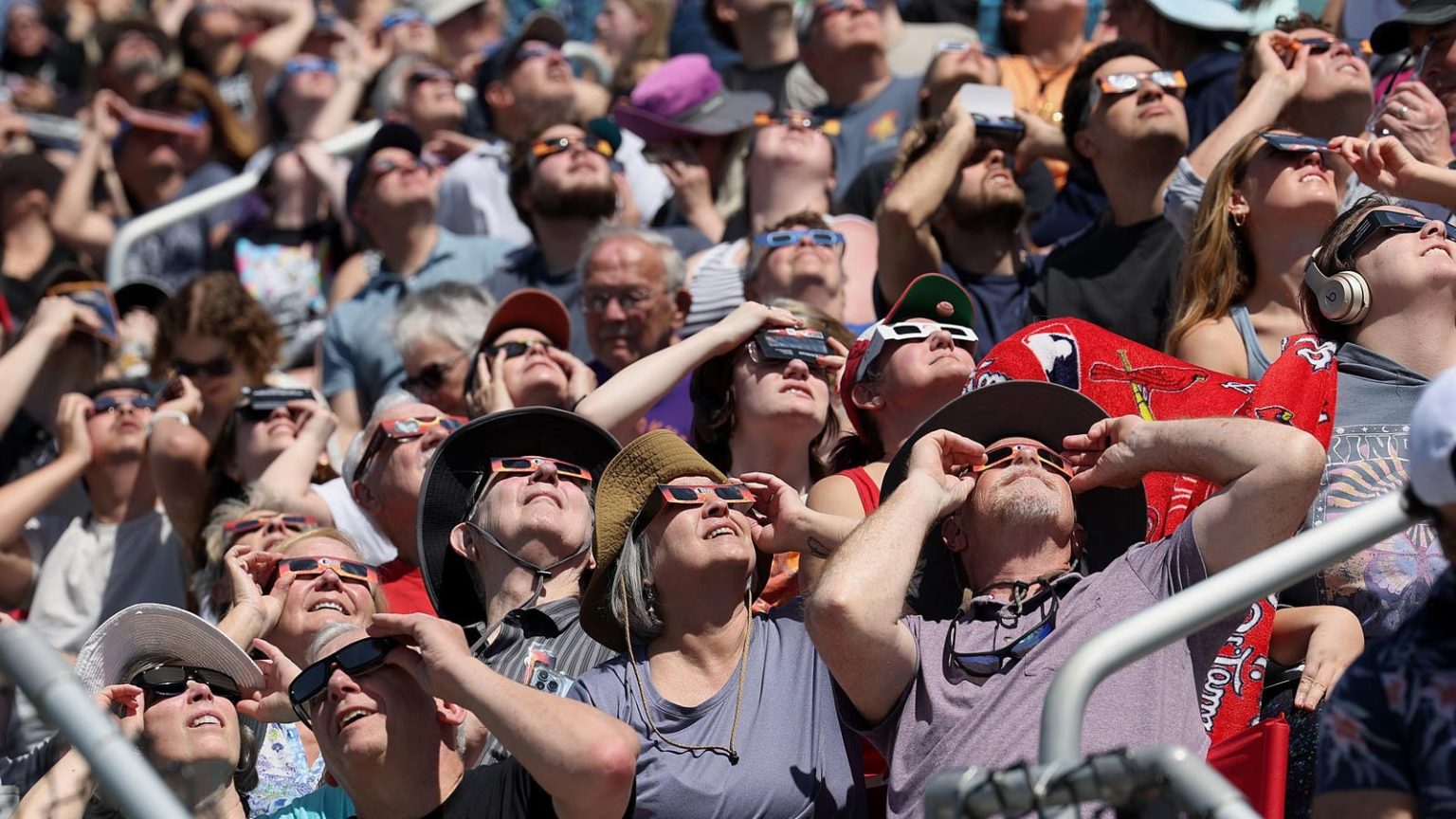Millions of Americans were captivated by the total solar eclipse on April 8, but many may not realize that this incredible phenomenon is not a one-time event. The next total solar eclipse in the U.S. will occur on March 30, 2033, with the best views in Alaska. This will be followed by a total solar eclipse in the contiguous U.S. on August 23, 2044, with Montana and North Dakota experiencing totality just before sunset. The following year, a coast-to-coast total solar eclipse will take place, lasting six minutes and passing through several states.
However, for those hoping to experience a repeat of the total solar eclipse on April 8, they will have to wait until May 11, 2078. On that day, Mexico and several states in the U.S. will once again witness totality, with 5 minutes and 40 seconds of darkness over the Gulf of Mexico. This recurrence is determined by the Saros cycle, which predicts when the moon’s shadow will strike Earth. Total solar eclipses from the same Saros occur every 18 years, 11 days, and 8 hours, with every fourth eclipse returning to the same place on the planet every 54 years and 33 days.
The Saros 139 family of eclipses will bring several more total solar eclipses to the U.S. before 2080. These include the 2033 eclipse in Alaska, the 2044 eclipse in Montana and North Dakota, the 2045 coast-to-coast eclipse, the 2052 eclipse in Texas, Louisiana, Florida, Georgia, and South Carolina, and the 2079 eclipse in New York, New Jersey, Connecticut, Rhode Island, Massachusetts, Vermont, New Hampshire, and Maine. The Saros 139 family of eclipses will culminate in a record-breaking total solar eclipse on July 16, 2186, lasting 7 minutes and 29 seconds off the coast of Brazil.
Eclipse enthusiasts have a lot to look forward to in the coming decades, with a series of total solar eclipses set to occur in the U.S. before 2080. These events will provide unique opportunities for Americans to witness the beauty and wonder of these celestial phenomena. The Saros cycle allows astronomers to predict when and where total solar eclipses will occur, providing a fascinating glimpse into the patterns and rhythms of the universe. With each eclipse offering a different experience, there is much to be excited about for those who enjoy watching the skies.
For those eager to witness a total solar eclipse in the U.S., there are several upcoming opportunities to mark on their calendars. From the 2033 eclipse in Alaska to the 2079 eclipse in the northeastern states, there will be plenty of chances to experience the awe-inspiring sight of totality. With expert guidance and resources available, eclipse enthusiasts can plan their travels and make the most of these rare and unforgettable events. So, keep an eye on the skies and stay tuned for more amazing celestial displays in the coming years.


